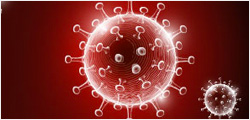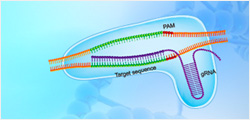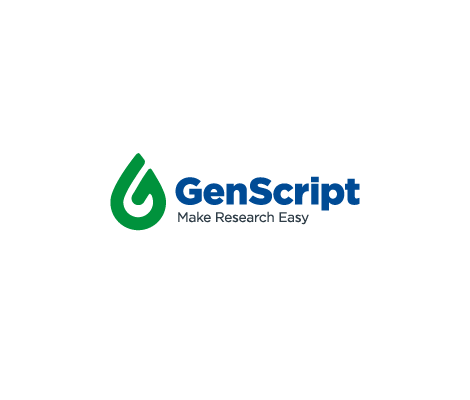HLA-A*11:01&B2M&KRAS G12C (VVVGACGVGK) Monomer[Biotin], His & Avi, Human
Kirsten rat sarcoma 2 viral oncogene homolog (KRAS) is the most commonly mutated oncogene in human cancer. The developments of many cancers depend on sustained expression and signaling of KRAS, which makes KRAS a high-priority therapeutic target. The virtual screening approach to discover novel KRAS inhibitors and synthetic lethality interactors of KRAS are discussed in detail.
| ¥4500 | |
| Z06492-100 | |
|
|
|
|
|
|
|
|
|



































